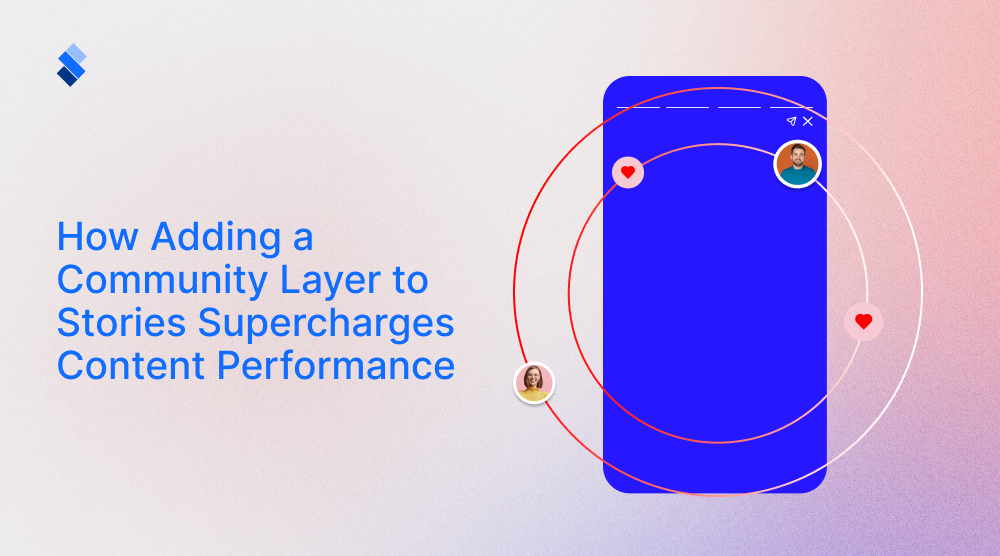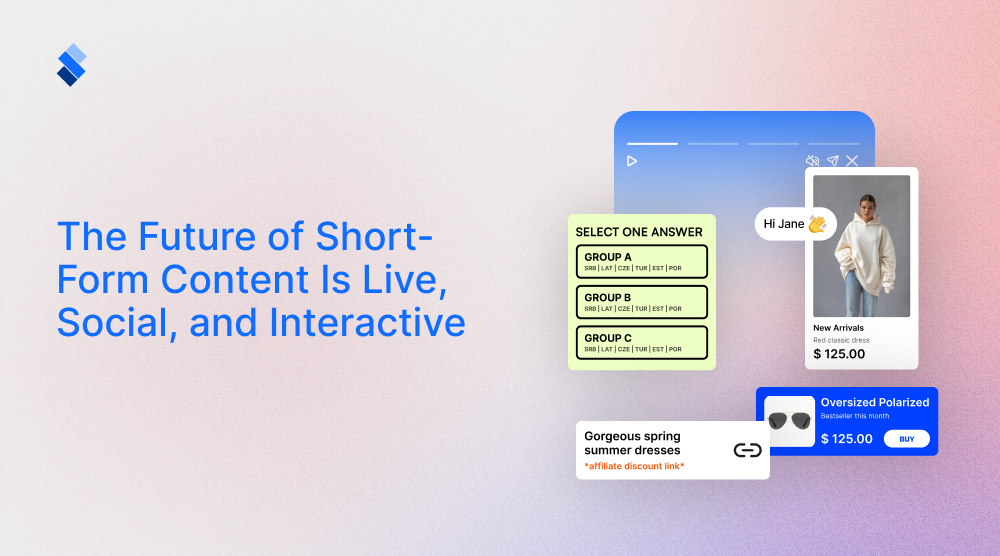How to Use Gamification in Apps for Engagement + Examples
Using gamification in mobile apps can lead to great results. But, it can be hard to implement properly, especially if you don't understand it.

When it comes to engaging your audience, gamification is easily one of the most powerful methods. When utilized properly, gamification can turn a previously tedious, even boring activity into an engaging experience. But, the other aspect of gamification is that it is surprisingly difficult to implement properly. Without having a firm understanding of how gamification functions, people often fail at incorporating it into their app. And once they fail, they do so in a spectacular way. So, to avoid this from happening, we are going to give you a better understanding of gamification and some successful examples of gamification in apps.
Understanding gamification
Simply put, gamification is utilizing concepts from video games in apps or websites. When it comes to app design, gamification usually means using methods tested out in video games to help improve user experience. As a rule, games tend to be much more engaging than any other app as they are fun, interactive and appealing. Therefore, when you utilize gaming concepts in apps you will easily capture the users' attention like never before.
Why gamification is so effective
The reason why games are so effective in capturing our attention is a surprisingly deep one. While it may seem that it is due to colourful graphics or funny sounds, it is actually game mechanics that capture and hold our attention. These game mechanics have a surprising depth to them, especially in mobile gaming. Keep in mind that most of these mechanics are simply the next stage of development of old casino games. Therefore, apart from emotional intelligence, there is also behaviour patterns and subconscious reward systems at play.

Game mechanics used in apps
Some of the most used game mechanics for gamification include:
- Internal currency - Swapping real money for in-game money in order to give people the impression that they are not really spending it (just think of casino chips).
- Social interaction - If you can interact with your friends, you are much more likely to go back to using the app. Utilizing social status symbols is often a good idea, as people tend to spend money on them (think of cosmetics in free-to-play games).
- Competition - Trying to be better than your friends can be a great drive for competitive people. This is also why scoreboards are so useful, as being the best often beats being better.
- Achievements - Achieving something naturally feels good to us. This is why games often congratulate you, even if you didn't achieve anything particularly noteworthy.

- Skill tree - A skill tree is a great way to see your in-app progress and feel a sense of pride for your effort.
- Levels - Having levels combines several concepts we've already outlined (sense of achievement, social status, sense of progress).
Of course, your app doesn't have to utilize all of these mechanics in order to be effective. In fact, we would like to steer you for the quality over quantity mindset. Know that utilizing one mechanic well is much better than utilizing multiple poorly.
Are apps suitable for gamification?
The most precise answer we can give you is that some definitely are suitable. If your app entails some form of learning, or it requires your users to repeatedly do a mundane task, gamification can certainly yield results. But, as you can imagine, not all apps fit into this category. While you can, technically, gamify your calculator, your news app or your calendar app, there isn't much benefit behind doing so. Therefore, before you apply some superficial gaming elements to your app, try to first consider how those elements will benefit the user experience.
Examples of good gamification in apps
To further explain how useful gamification can be, we are going to give you examples of the best apps that use it. Try to spot which mechanics have been lifted from games, and how they benefit not only the design of the app but its overall appeal.
Duolingo
When it comes to learning new languages you can hardly beat the intuitiveness, the ease of learning and the overall design of Duolingo. This terrific app is a go-to for anyone looking to learn a new language without having to take classes.

With Duolingo, you can even see gamification used for a better brand experience. Its mascot (the green owl) has become somewhat of a meme, as it reminds you regularly about your progress, and that you should continue learning. Some of the gaming mechanics that Duolingo uses are:
- Internal currency - lingots.
- Social interaction.
- Competition.
- Achievements.
Todoist
People that struggle with productivity often make great use of Todoist. It basically allows you to set up your own tasks, and then uses a gaming mechanism to help you complete them. The more you follow your goals, the better level you get. And you even have a karma system, that gives you an idea of how effective you are. So, some of the mechanics that Todoist utilizes are:
- Reward system based on points.
- Levels.
- Social interaction (you can share your karma points with your friends).
Fitbit
And the last example of proper gamification in apps we will mention is Fitbit. As the name suggests, this app helps people become and stay fit. Similarly to Todoist, it gives you the option to set up various fitness goals and rewards you for achieving them. It even has original challenges to help inspire to undertake new fitness goals. The mechanism it uses are:
- Achievements.
- Competition (you can challenge your friends that also use Fitbit)
- Social engagement.
Final thoughts on mobile app gamification
While it is fairly easy to incorporate gamification in health and fitness apps, you might struggle to do so with commercial ones. In the case of e-commerce, gamification can be seen as too pushy, as people might feel that you are trying to trick them into spending their money. But, there are ways to effectively incorporate gamification elements. A good example of gamification used for commercial apps is Starbucks. Here gamification is more of a feature than the driving idea, which servers Starbuck tremendously.







